-
NASA’s Juno mission found that Jupiter’s icy moon Europa produces 1,000 tons of oxygen every 24 hours.
-
This amount is enough for one million people to breathe for a day, but the figure is much less than previously thought.
-
This new data could narrow down the possibility that Europa could support life in its vast subsurface ocean.
About 400 million miles away, floating in deep space, is a water world called Europa that produces 1,000 tons of oxygen every 24 hours. That’s enough oxygen to keep one million people alive for one day, NASA reported this week.
But these new estimates, published in the peer-reviewed journal Nature Astronomy, do not aim to determine how many people could live on this moon of Jupiter. They are helping scientists understand whether Europa hosts its own life.
“We think Europe is the most likely place to look for life beyond Earth today,” said Curt Niebur, NASA’s chief scientist for exoplanet exploration, who was not involved in the research.
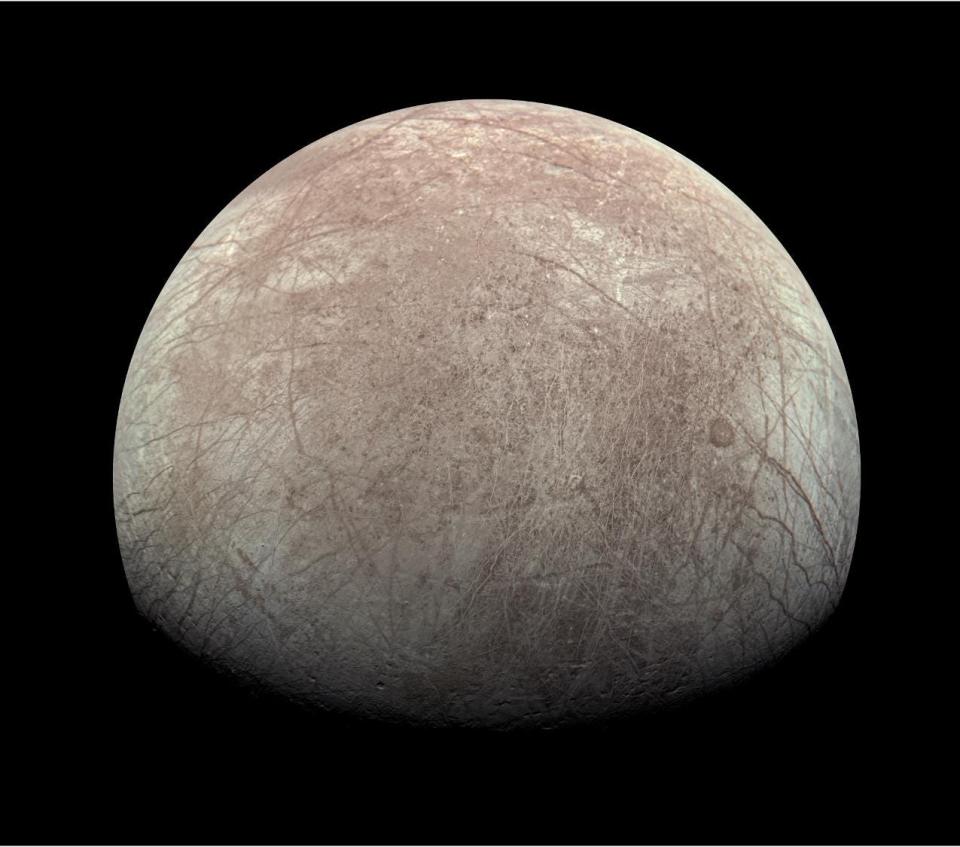

According to NASA, if there are life forms on Europa, they might resemble microbes or perhaps something more complex. But they cannot be seen from the surface, which is a frozen desert.
They may likely exist in the Moon’s vast subsurface ocean, which may contain twice as much water as Earth.
Although water is an important ingredient for life, it is not the only substance as we know it. There is a list of other chemicals that scientists are looking for; Oxygen is one of them.
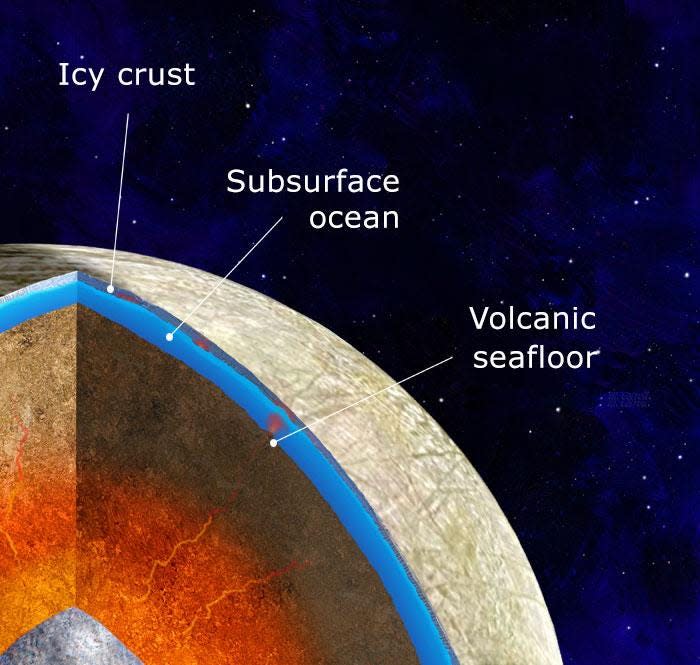

NASA’s Juno spacecraft, currently flying around Jupiter and its moons, has received the most precise estimate to date of Europa’s oxygen production. And it turned out to be much less than we thought.
The latest estimate of 1,000 tonnes of oxygen every 24 hours is 86 times less than previous estimates. And this new data may call Europa’s habitability into question.
How does Europa produce oxygen?
Oxygen production on Europa looks very different than on Earth. While Earth gets its oxygen from photosynthesis, Europa’s oxygen is a result of its home planet, Jupiter.
Jupiter emits powerful radiation that showers Europa with high-energy particles. These particles then interact with frozen water ice (H2O) on the lunar surface.
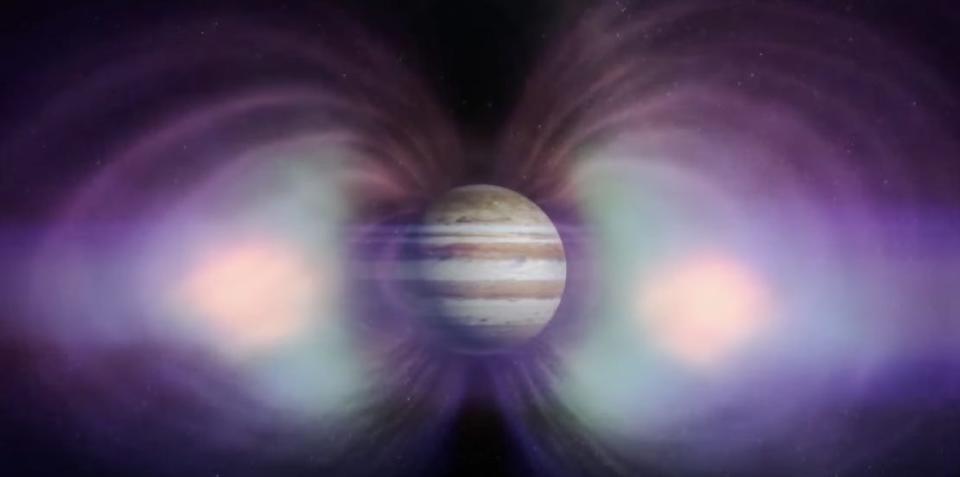

The interaction splits H2O molecules into hydrogen and oxygen gas. But where the oxygen goes is the big question. Some might get stuck in the ice, some might escape into space, and some might make their way into Europa’s subsurface ocean.
If enough oxygen reaches the subsurface, this would mean that Europa’s ocean has one of the critical components for life as we know it. “But that’s a big question mark for us,” Niebur said, because oxygen can go to so many different places.
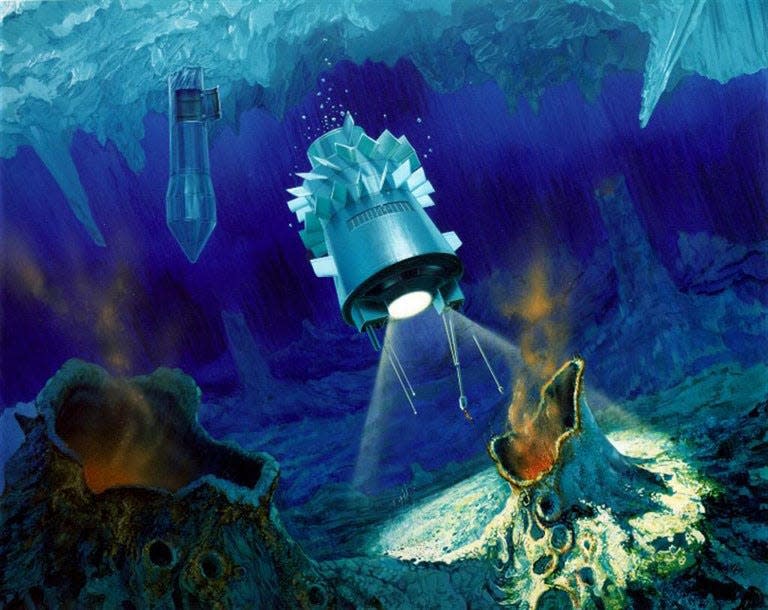

What NASA’s Juno mission did was shed more light on the total amount of oxygen produced by Europa’s surface. However, it is still unclear how much has leaked into the subsurface ocean.
Oxygen measurement on Europa
To measure how much oxygen Europa’s surface produces, scientists used the Jovian Auroral Scattering Experiment (JADE) instrument on Juno.
JADE was designed to measure charged particles in Jupiter’s auroras. But when Juno flew past Europa in September 2022, JADE successfully measured charged particles scattering from the lunar atmosphere for the first time.
Using JADE data, scientists estimated the total amount of hydrogen (but not oxygen) gas in Europa’s thin atmosphere. Because there is one oxygen atom for every two hydrogen atoms in a water molecule, scientists can then use the hydrogen gas data to calculate the amount of oxygen produced at the surface.
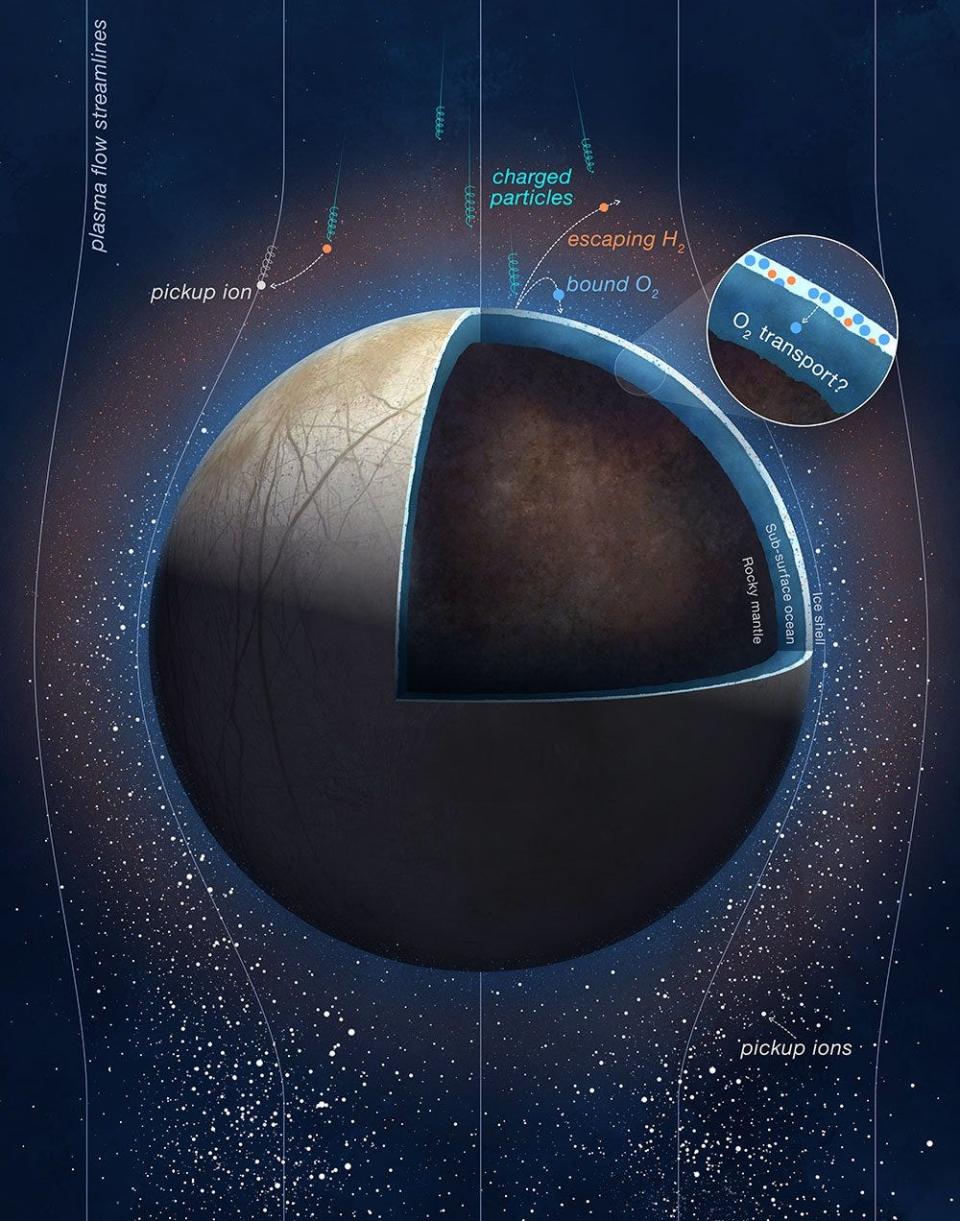

“This has really improved and narrowed down our understanding of how much oxygen is occurring at the surface,” said Jamey Szalay, a space physics researcher at Princeton University and lead author of the study.
“But we don’t know how much of this comes off the surface and how much goes into the ocean,” Szalay said. he added. NASA’s next European mission, Clipper, could bring us closer to answering that question.
An ongoing search for the possibility of life
NASA’s Europa Clipper mission is scheduled to launch in October 2024. Its main purpose is to determine whether Europa is habitable.
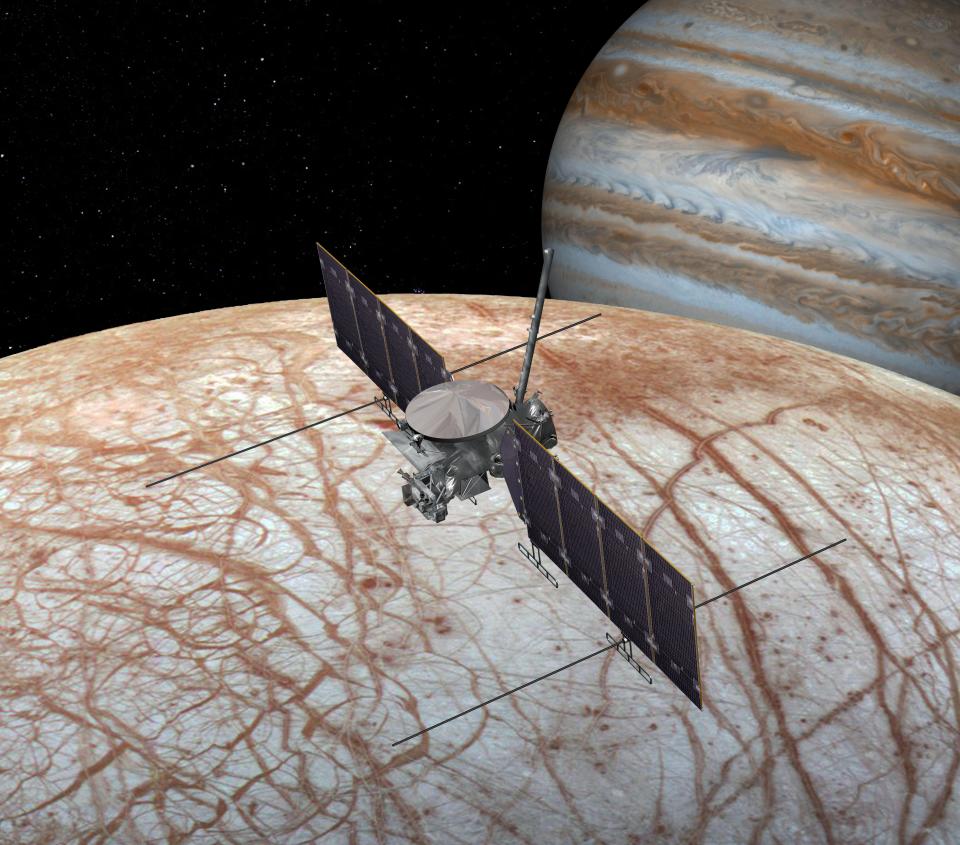

Clipper will be equipped with instruments that will help reveal Europa’s interior, such as underground radar. With this instrument, NASA scientists will look tens of miles beneath the crust to identify features that could help determine whether oxygen reaches the subsurface ocean, Niebur told BI.
“Clipper is an incredibly exciting mission and has important scientific goals that will revolutionize our understanding of the ice crust, the subsurface ocean, and how they interact with each other,” Szalay said. said.
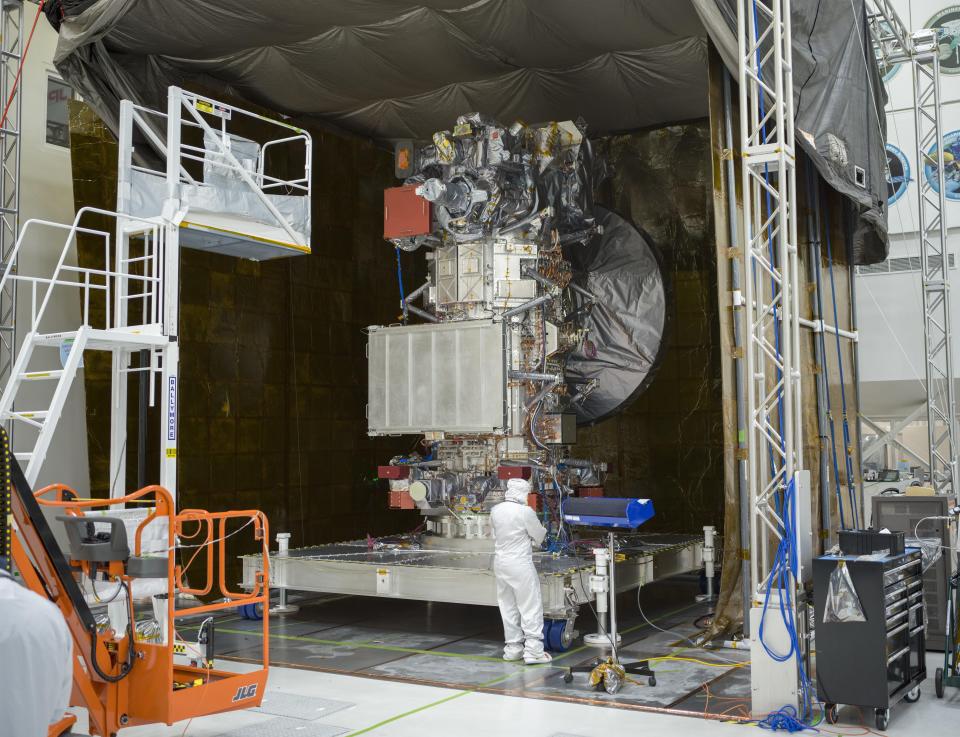

While finding out whether Europa’s subsurface ocean contains oxygen would improve our understanding of the moon’s habitability, it will not automatically confirm whether life exists or could exist on Europa.
“The amount of oxygen available on Europa is not a binary switch you flip to decide whether life exists or not,” Niebur explained.
He pointed out that life existed on Earth without oxygen for approximately 1.5 billion years. If it could happen here, it could also happen on this distant moon.
As for the Juno mission, Szalay will continue to work on the data obtained during this European flyby.
“We will be investigating this for years to come and learning everything we can,” he said.
Read the original article on Business Insider